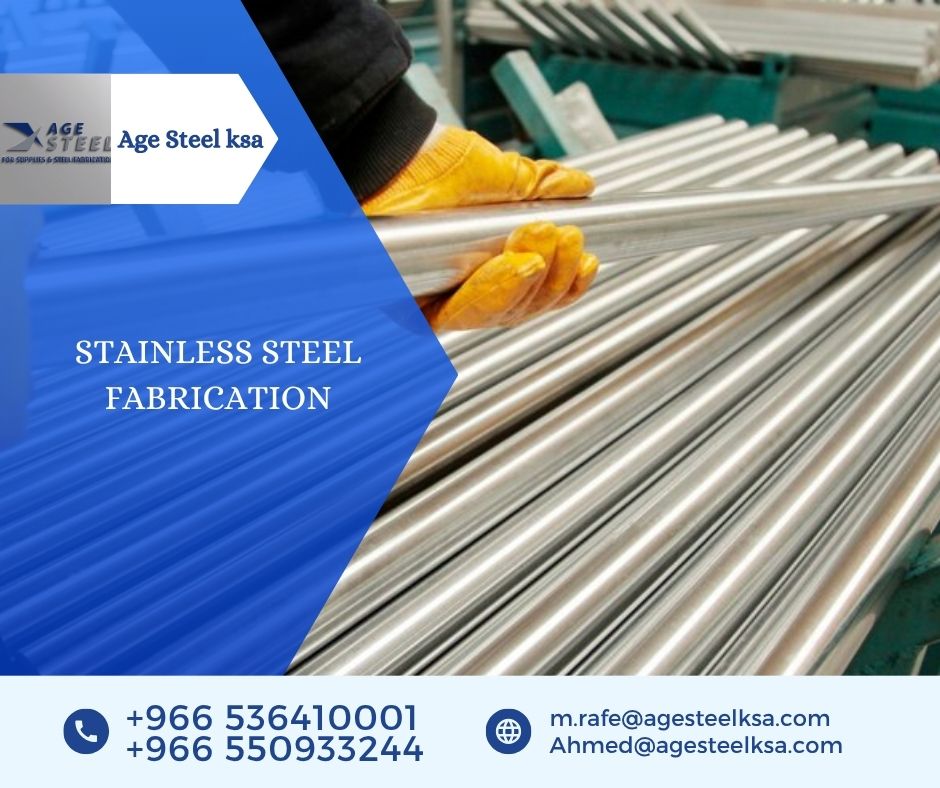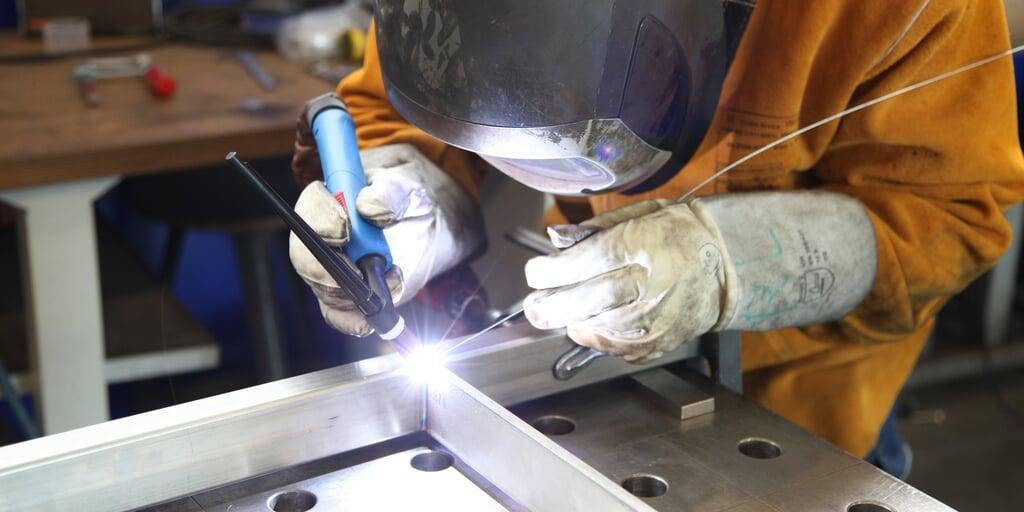
Stainless steel fabrication is a critical manufacturing process that involves transforming raw stainless steel into useful products and components. This process plays a vital role in many industries, including construction, automotive, medical, and food processing. Understanding stainless steel fabrication helps businesses and engineers create durable, corrosion-resistant, and aesthetically pleasing products.
Stainless steel fabrication refers to the series of processes used to cut, shape, weld, and assemble stainless steel materials. It starts with raw stainless steel sheets, plates, or tubes that are fabricated into specific parts or structures. These parts can range from small machine components to large architectural frameworks, commonly used in steel structure building projects.
The precision and quality of stainless steel fabrication directly affect the performance and durability of the final product. This fabrication requires specialized equipment and skilled technicians, often collaborating with structural steel fabricators in KSA for large-scale jobs.

Besides stainless steel, architectural steel fabrication plays a significant role in modern construction. It focuses on elements that combine strength and aesthetics, often used in steel structure buildings. Many structural steel fabricators in KSA deliver these custom-fabricated components for commercial and residential projects.
Age Steel is a leading company specializing in the supply and fabrication of high-quality steel products. It offers stainless steel, carbon steel, and alloy steel solutions for construction, manufacturing, and oil & gas industries. With advanced architectural steel fabrication techniques and strict quality control, Age Steel ensures reliable structures across Saudi Arabia and the Gulf region.
In summary, stainless steel fabrication is an essential process that shapes stainless steel into durable, corrosion-resistant, and aesthetically pleasing products. With architectural steel fabrication, partnerships with suppliers like carbon steel pipe suppliers in Saudi Arabia and Swagelok distributors, and strict safety standards, manufacturers can achieve high-quality results in construction and industrial projects.
